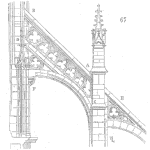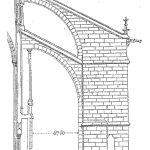
Here’s an overview of a distribution-free approach commonly called the Kaplan-Meier (K-M) Product Limit Reliability Estimator.
There are no assumptions about underlying distributions. And, K-M works with datasets with or without censored data. We do need to know when failures or losses (items removed from the evaluation or test other than as a failure. Censored items). [Read more…]












